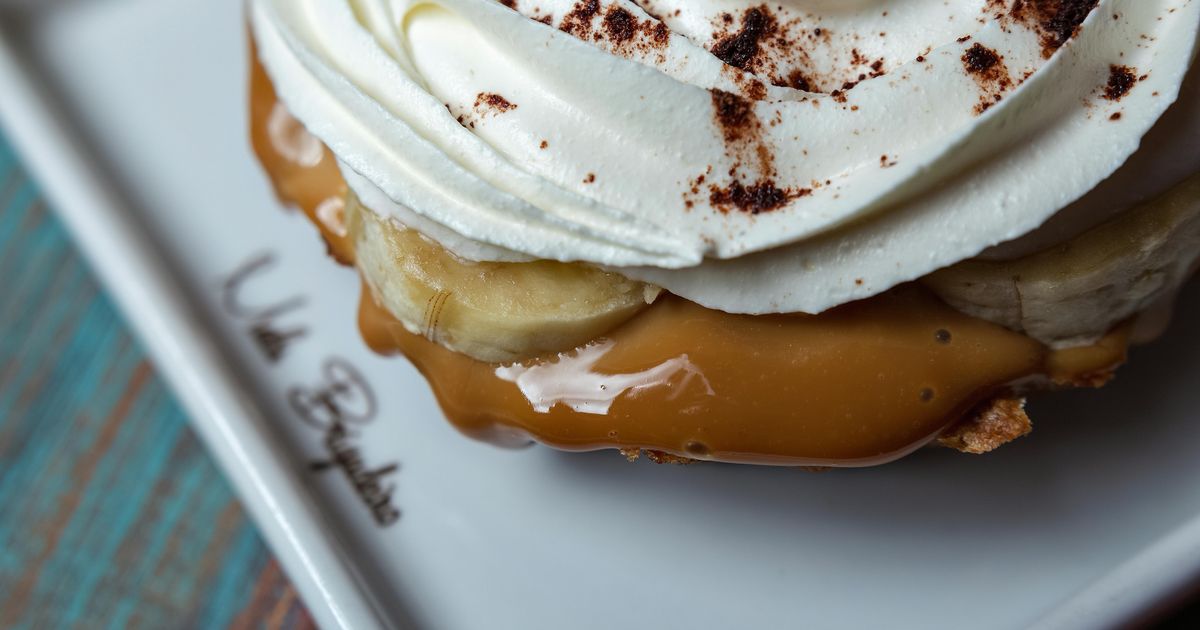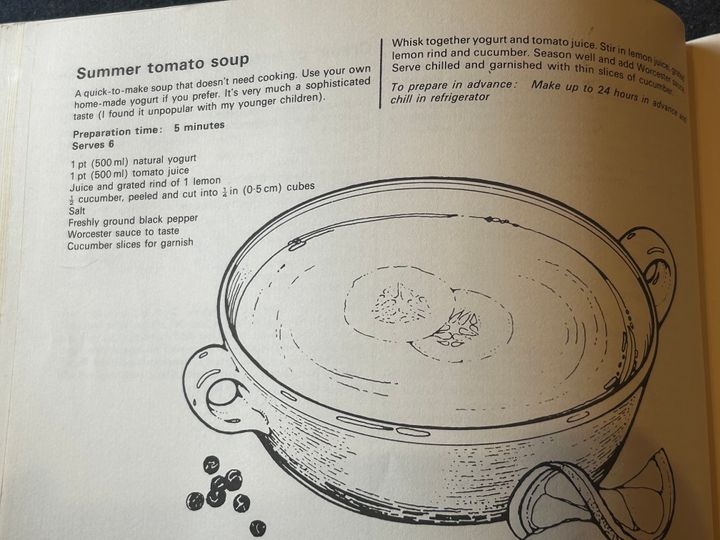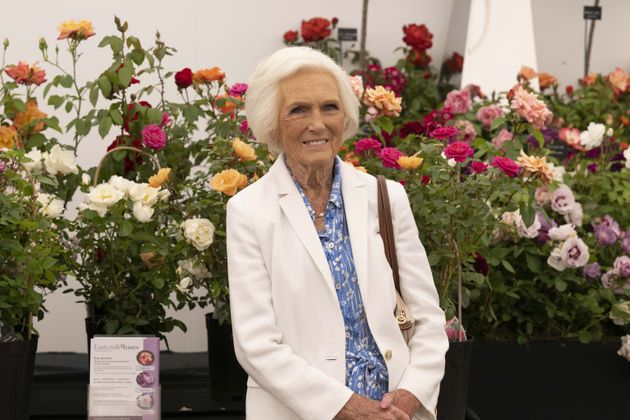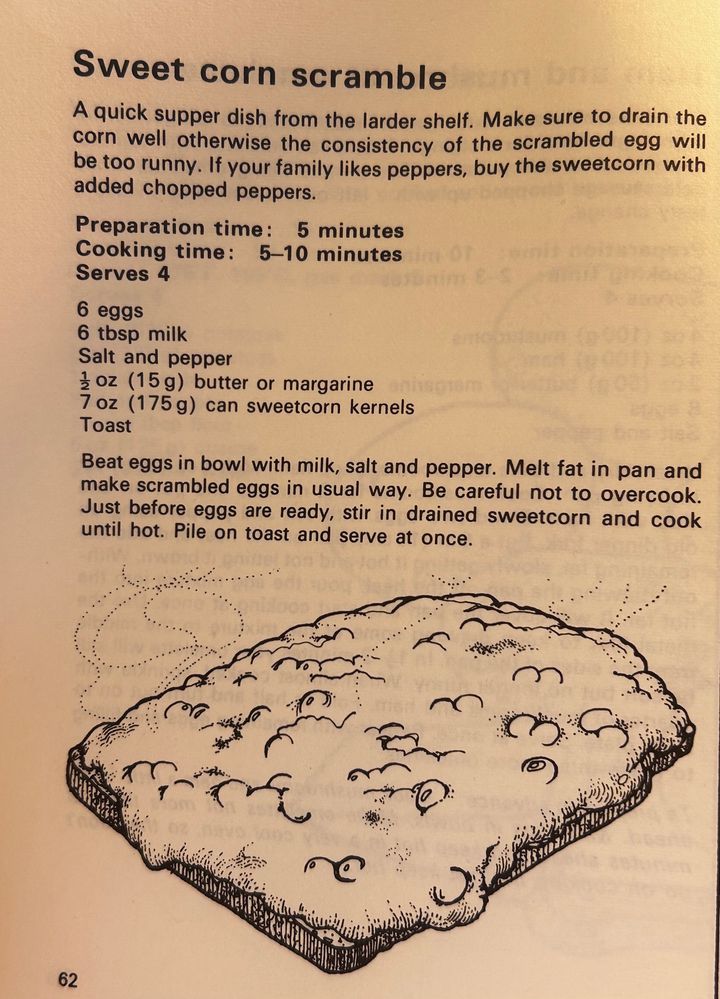I try a lot of celebrity chef recipes for my job (hard-hitting journalism, you know?).
And while I love Nigella Lawson’s iconic lasagne of love, swear by Hugh Fearnley-Whittingstall’s brown butter brownies, and have even allowed Gordon Ramsay’s tips to alter my treasured rocky road recipe, my heart still lies with Mary Berry.
Her Thai-inspired tomato soup was an instant hit in my home. I tried making her 15-minute lemon curd last weekend too ― it was so good, I skipped making the rest of the pie I’d planned and made six jars instead.
Advertisement
So, who else would I turn to for my next spag bol? Though the dish is described as “controversial” on the BBC’s site for its, er, un-Italian star ingredient, hey ― in Mary we trust.
The chef adds cream to her bolognese
The start of Mary’s bolognese is pretty simple. She finely chops onions, celery, and carrot, and fries them over a medium-high heat until soft.
I took Nigella’s lasagne advice here; it’s just faster to whizz them up in a blender rather than chopping them to tiny, even bits.
Advertisement
Once those have softened, she chucks in pork and beef mince (I’ll be honest; I only had beef, and it was fine) and garlic, cooking them until the mince is browned and its liquid has evaporated.
Mary adds tomato purée to the mix and follows it up with passata, chopped tomatoes, stock, wine, and thyme.
If you take nothing else from her advice, I’d recommend the half-passata, half-chopped tomato mix for almost all tomato-based dishes now I’ve tried it. Tinned tommies can be too watery, while the paste can be too thick – this is perfect.
Advertisement
After seasoning it, you bake the bolognese for an hour. I placed tinfoil over my frying pan and whacked it in the oven, though I’m sure a proper Dutch oven is a better option.
Then, you stir in some cream (the controversial ingredient), put the bolognese back in for an hour, and serve it with whatever pasta you like.
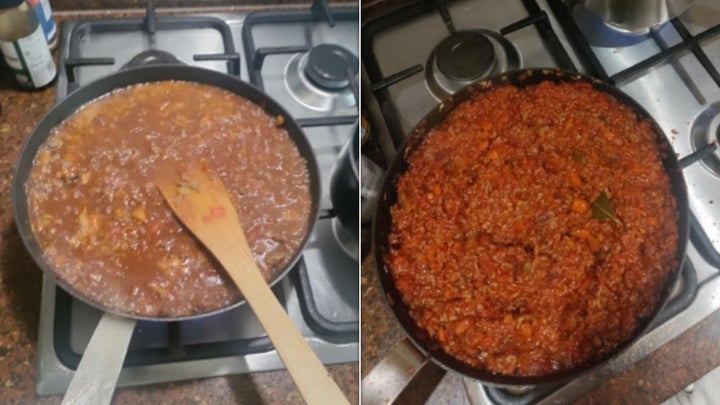
Amy Glover / HuffPost UK
Advertisement
So… what’s the verdict?
I regret to inform you it’s delicious. I don’t know whether it’s the cream or the extended stay in the oven that did it, but this was the deepest, richest, most satisfying bolognese I’ve tried.
It kind of makes sense ― Nigella adds milk to her lasagne’s ragu for a subtly creamy finish, so this is sort of the same idea (only more decadent).
The two-hour bake time is annoying, but it didn’t require much actual active cooking. I work from home, so made the sauce on my lunch break and cooked it in the oven while I was working. As Mary points out, the sauce “can be made up to a day ahead and reheated.”
Advertisement
I ate mine with Parmesan, linguini, and a huge smile on my face ― OK, her star ingredient is “controversial”, but there’s no denying the results are delicious.






